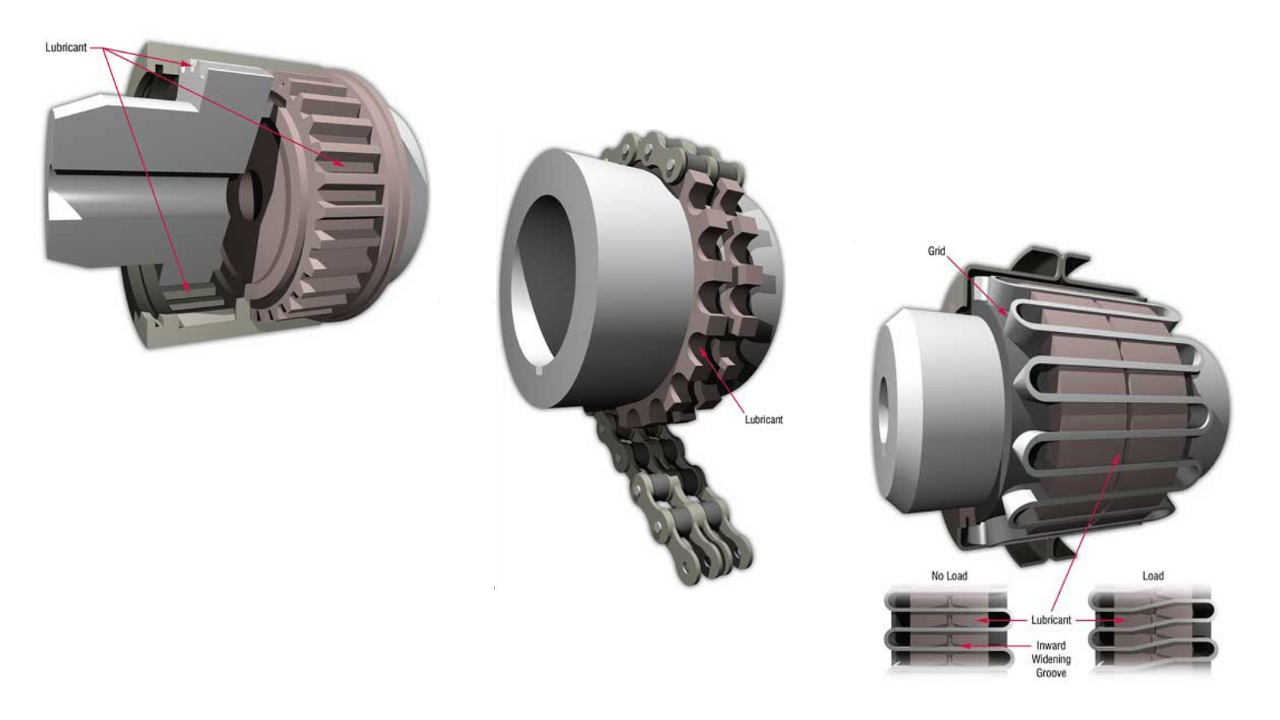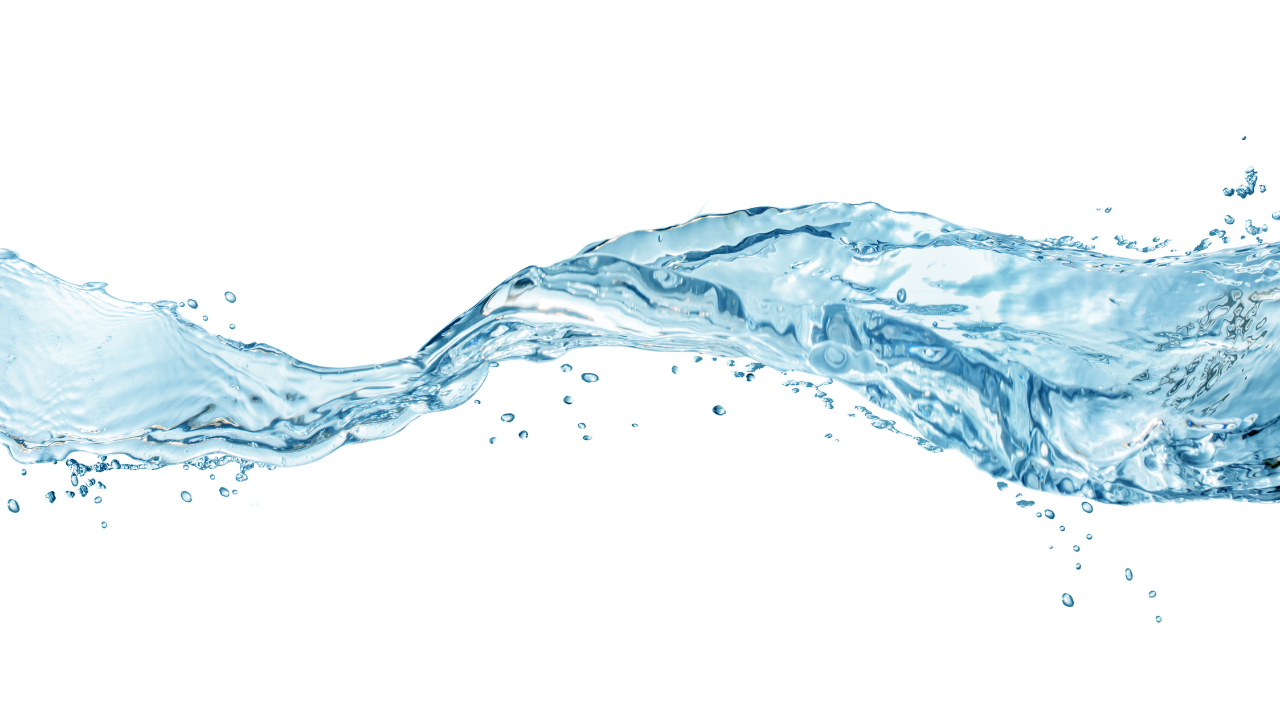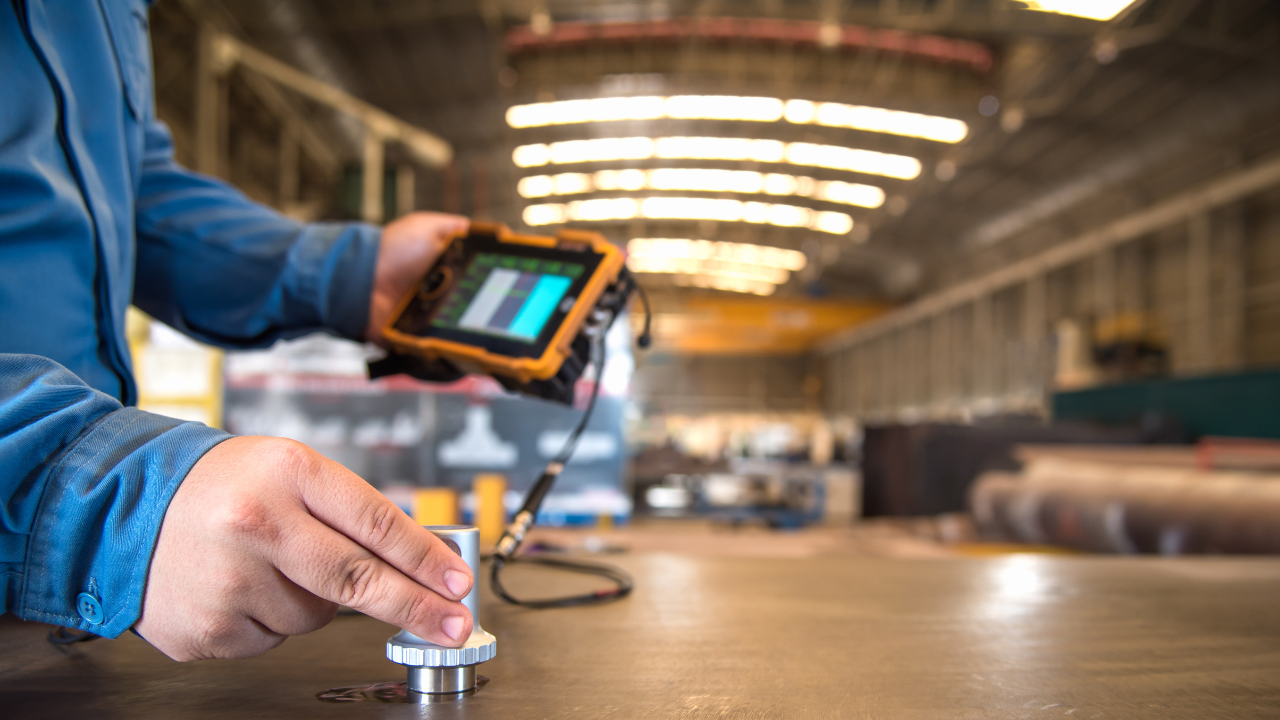Standard Practices vs. Right Practices
Few answers to machine relubrication questions are black and white. But, it is reasonable to state that relubrication work practices, in a practical sense, are either right or wrong. There is no middle ground!
Recently, a mechanical supervisor at a seminar that I led went out of his way to argue against efforts to redo his lubrication practices. He stated that his site had devoted much time to developing and executing high-quality lubrication practices. He explained that there were well-defined practices keyed into the CMMS system; the work was routinely scheduled, issued, completed and logged; and the process was in good working order. He could produce stats to show this.
I asked him to describe a typical bearing relubrication practice by the key issues he would expect to find. He identified the machine, the type of work to be conducted (lubricate a group of bearings), the planned frequency and the product that would be used (a name-brand, general-purpose grease). That sounded good, but it wasn’t. A debate quickly developed among plant personnel over whether the grease noted for the described work was, in fact, the type that was actually in use. It wasn’t, but within the ensuing debate I argued that there was no one exclusive product that should be selected, and that the lubricant in use was acceptable for the application.
Uh-oh. Is that a contradiction? Not quite. While the points identified reflected a degree of correctness, these are types of details that must be fulfilled in order for every scheduled activity to occur (machine, frequency, materials required, description of work required). It was a bare minimum of details cobbled together for someone to complete the task of coding lubrication PM activities to the CMMS. It was of no surprise at all that the designated lubricant was not the product in use and that there was:
- no definition of the required volume;
- no definition of the tool (grease gun, by volumetric ratio) to be used to assure the correct volume;
- no definition of conditions to observe with which to judge whether the designated volume would, in practice, be correct; and,
- no definition of the required running state of the machine at the time of the work order execution.
These and other details determine if the work practice is right or wrong.
Back to the first point of this column. Often, the perception of quality derives from the presence of a practice. The practice exists, therefore it is right. In reality, a scheduled task is often passed off as a standard regardless of rightness. This disconnect occurs because the relubrication portion of the CMMS deployment follows a troubled model. A flawed practice is coded into a program. This doesn’t make the practice functional.
That leads to my second point: Why does a CMMS development team invest long hours to replicate a broken lubrication plan? Eventually, someone decides that the paper-based program is good enough and that precious development hours should be spent elsewhere. This default decision becomes the design decision around which the future is built. If the decision is anything short of a decision to implement a best practice, the practices are wrong.
How do you know where you stand? Here are two simple options:
1) Benchmark the existing practice against a best practice: The technical gap analysis (product type selection, viscosity grade, frequency, volume, contamination control effectiveness, oil health management, oil analysis effectiveness) will identify any room for improvement.
2) Follow the money: Review the purchase history of lubricants and lubricated components (bearings, sprockets, chains, reducers, hydraulic components) to gather clear feedback on the quality of the existing plan. Deduct replacements for extenuating circumstances. Whatever purchases remain reflect the program’s real value. These dollar values are the tip of the iceberg of potential savings from precision lubrication.
In the earlier example, the supervisor judged the practices to be right because they were part of a system designed for routine relubrication. The work was available to be scheduled, the work could be tracked, and tracking statistics could be used as evidence that the work was completed. However, he could not objectively measure the relative quality of the practices in place. There was no objective measure of whether the work was right or wrong. The plan is right only when it is accurate, thorough, efficient and available in black and white.
Related Articles
In an ideal world, multiple components could be produced in a single piece, or coupled and installed in perfect alignment. However, in the real world, separate components must be brought together and connected onsite. Couplings are required to transmit rotational forces (torque) between two lengths of shaft, and despite the most rigorous attempts, alignment is never perfect. To maximize the life of components such as bearings and shafts, flexibility must be built in to absorb the residual misalignment that remains after all possible adjustments are made. Proper lubrication of couplings is critical to their performance.
In an ideal world, multiple components could be produced in a single piece, or coupled and installed in perfect alignment. However, in the real world, separate components must be brought together and connected onsite. Couplings are required to transmit rotational forces (torque) between two lengths of shaft, and despite the most rigorous attempts, alignment is never perfect. To maximize the life of components such as bearings and shafts, flexibility must be built in to absorb the residual misalignment that remains after all possible adjustments are made. Proper lubrication of couplings is critical to their performance.
See More
The goal of every lubrication program should be to ensure that all equipment receives and maintains the proper levels of lubrication such that no equipment fails due to inadequate or improper lubrication. In order for this to happen, we must follow the 5R's of lubrication - right lubricant, right condition, right location, right amount, right frequency.
The goal of every lubrication program should be to ensure that all equipment receives and maintains the proper levels of lubrication such that no equipment fails due to inadequate or improper lubrication. In order for this to happen, we must follow the 5R's of lubrication - right lubricant, right condition, right location, right amount, right frequency.
See More
Most, if not all, companies use CMMS systems to oversee their maintenance activities. From home-grown systems to complete ERP systems, leveraging technology allows companies to more efficiently and effectively manage their maintenance, repair and operations activities. So as a core maintenance function, surely routine, lubrication-related preventive and predictive activities such as regreasing motor bearings, taking oil samples, and executing oil top-offs and inspections belong in the CMMS system like any other maintenance task, right?
Most, if not all, companies use CMMS systems to oversee their maintenance activities. From home-grown systems to complete ERP systems, leveraging technology allows companies to more efficiently and effectively manage their maintenance, repair and operations activities. So as a core maintenance function, surely routine, lubrication-related preventive and predictive activities such as regreasing motor bearings, taking oil samples, and executing oil top-offs and inspections belong in the CMMS system like any other maintenance task, right?
See More
Industry spends millions of dollars each year on improved filtration technology in an attempt to reduce particle contamination, with some of the more advanced companies reducing failure rates by up to 90 percent simply by controlling fluid cleanliness. However, in some industries and environments, water is a far more insidious contaminant than solid particles. Water contamination is often overlooked as the primary cause of component failure.
Industry spends millions of dollars each year on improved filtration technology in an attempt to reduce particle contamination, with some of the more advanced companies reducing failure rates by up to 90 percent simply by controlling fluid cleanliness. However, in some industries and environments, water is a far more insidious contaminant than solid particles. Water contamination is often overlooked as the primary cause of component failure.
See More
Ultrasonic technology (UT) has become widely accepted for the detection of leaks in both pressurized and nonpressurized systems. Most compressor service companies and several manufacturers own some type of ultrasonic sensor for pinpointing leaks. It is easy to cost-justify the purchase of an ultrasonic sensor based upon the high cost of energy loss due to leaks. However, there is another application for ultrasound that consumers, nondestructive testing (NDT) organizations, and even developers and manufacturers of ultrasonic sensors are often not aware of or overlook. UT can be used as a means to detect early wear of components such as bearings and gears due to lack of lubrication or overlubrication.
Ultrasonic technology (UT) has become widely accepted for the detection of leaks in both pressurized and nonpressurized systems. Most compressor service companies and several manufacturers own some type of ultrasonic sensor for pinpointing leaks. It is easy to cost-justify the purchase of an ultrasonic sensor based upon the high cost of energy loss due to leaks. However, there is another application for ultrasound that consumers, nondestructive testing (NDT) organizations, and even developers and manufacturers of ultrasonic sensors are often not aware of or overlook. UT can be used as a means to detect early wear of components such as bearings and gears due to lack of lubrication or overlubrication.
See More
Begin by not reading this editorial. Most "old school" lube programs like to hold to the status quo. Editorials like this one threaten their comfort zone. After all, change takes guts . . . it takes imagination . . . it takes commitment. Who's got the time (and courage) for that?
Begin by not reading this editorial. Most "old school" lube programs like to hold to the status quo. Editorials like this one threaten their comfort zone. After all, change takes guts . . . it takes imagination . . . it takes commitment. Who's got the time (and courage) for that?
See More
Using lubrication and oil analysis to enhance machine reliability is really too simple. Behind the appearances of complexity and vale of high science are the most basic of concepts. We can try to make it difficult, but why? With the right tools and a generous amount of training, a seemingly challenging task can be transformed into something almost mundane, but still powerful.
Using lubrication and oil analysis to enhance machine reliability is really too simple. Behind the appearances of complexity and vale of high science are the most basic of concepts. We can try to make it difficult, but why? With the right tools and a generous amount of training, a seemingly challenging task can be transformed into something almost mundane, but still powerful.
See More












